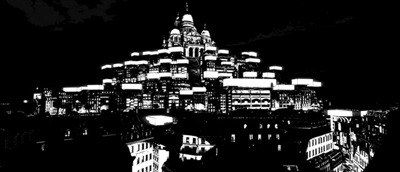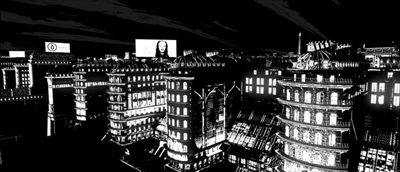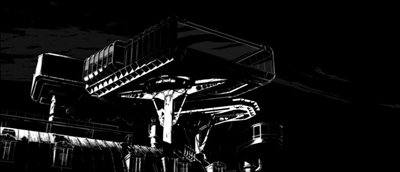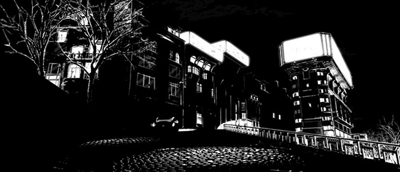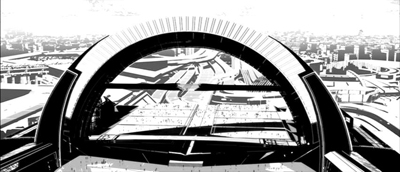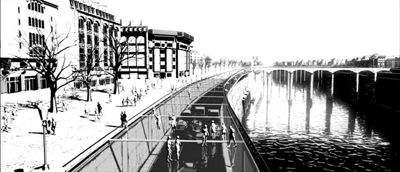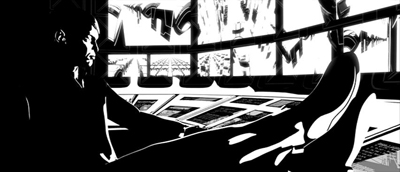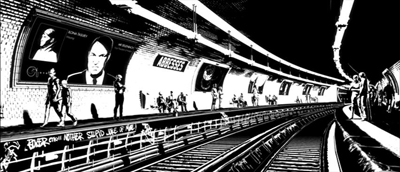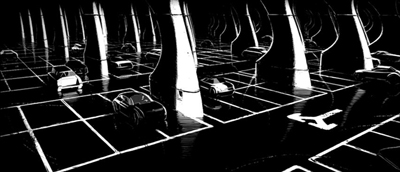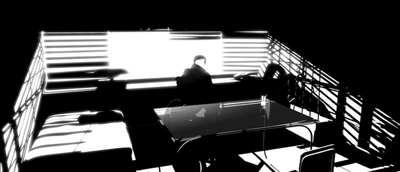



|
|
Christian Volkman' s Renaissance portrays a Paris, France forty years in the future which seems to have experienced catastrophic tectonic and architectural upheavals without any damage to its significant landmarks such as the Eiffel Tower and Notre Dame. The landscape seems to soar up into the air and down into the bowels of the earth in a way that is more reminiscent of some South American cities than any European city. The "architectural scene" of Paris in the film is more like a dream than a serious exploration into what Paris could look like forty years from now. The creators call it an "anticipation" film. The architecture seems to be a convoluted mix of a design aesthetic which favours structural glass, unobstructed views created by unbroken glass sheathing of the walls and roofs and floors, elevated rectangular rooms which rise into the air on massive hydraulics, steam-punk structural systems inspired by the Eiffel Tower, and some of the existing architecture of Paris. Huge riveted beams seem to be a favourite. Purely futuristic architecture seems to be the exclusive domain of the powerful Avalon company. The Seine is nearly unrecognizable, its banks being completely reengineered with glass-covered speedways. Paris has become three-dimensional, and consequently the role (or even the continued existence) of the famed boulevards is not entirely clear, except along the Seine. The transition between the massive three-dimensional portions of the city and the flatter parts is also not clear. There is also some indication that the entire city has become some sort of panopticon. There are seemingly random portions in the film where scan lines across the screen indicate that what we are seeing is footage from security cameras. We sometimes see the characters being watched casually by security guards on television screens. The entire infrastructure of Paris also seems to have been rebuilt far beyond what could possibly be accomplished in fifty years. Massive highway structures and unprecedented cloverleaves weave around the city, giving the plan the swooping curves which seem to be distinctive of the most futuristic architecture of the city. Not only are some of the roads elevated, but even some of the waterways are raised into the air like aqueducts broad enough for a barge. The subways are still in use, seemingly more-or-less unchanged, but the underground parking aesthetic seems to have become something of a cross between the lost city of the dwarves in The Fellowship of the Ring and Santiago Calatrava. Lodging seems to range from cramped-single room apartments for the less well-off, to luxurious apartment-pods which rise into the air on hydraulics to improve the view and increase privacy. |




